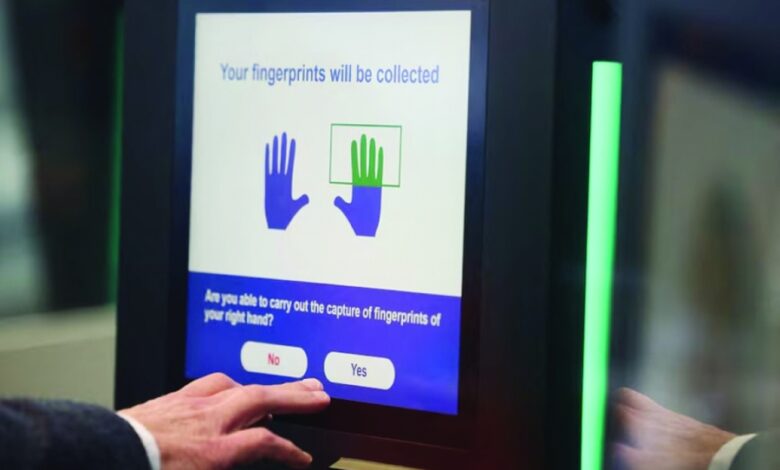
European Union countries are set to begin implementing the new digital Entry/Exit System (EES) across the Schengen Area borders starting tomorrow, October 12, 2025.
The change marks a major shift in how non-EU travelers enter and leave Europe, as traditional passport stamps will be replaced by biometric digital records.
The new system will gradually roll out to air, sea, and land borders to avoid congestion, with full operation expected by spring 2026.
It aims to streamline border crossings and improve monitoring of travelers’ permitted stay periods within the Schengen Zone.
How the System Works
When entering the Schengen Area for the first time, travelers will scan their passports electronically, have their faces photographed, and provide two fingerprints. For children under 12, only a photo will be required.
Upon exit, the system will automatically record departure data, enabling precise tracking of each traveler’s stay. This eliminates the need for manual passport stamps and ensures accurate enforcement of the 90-day stay limit within a 180-day period.
What It Means for Kuwaiti and Gulf Travelers
The system will directly affect Kuwaiti and GCC citizens, many of whom frequently visit Europe for tourism, medical treatment, study, or business.
During the first months of implementation, travelers may experience longer processing times at airports and land crossings as the new procedures are fine-tuned.
EU authorities have confirmed that phased rollout plans and contingency measures are in place to prevent congestion. Nonetheless, passengers are advised to arrive early and allow extra time for border checks during the initial adjustment period.
What’s Next: ETIAS Travel Authorization
Once the EES is fully functional, the EU will introduce the European Travel Information and Authorization System (ETIAS) — similar to the U.S. ESTA system.
Under ETIAS, travelers exempt from visa requirements will need to submit an online application before traveling and pay a fee of about €20 (around 6.5 Kuwaiti dinars).
The authorization will remain valid for three years or until the traveler’s passport expires.
Practical Tips for Travelers
- Allow extra time at border crossings during the first months of EES rollout.
- Keep your passport ready, as it will be digitally linked to your biometric data.
- Children under 12 will only have their photo taken — no fingerprints required.
Key Facts and Dates
- Start date: October 12, 2025
- Full implementation: Spring 2026
- Coverage: 29 Schengen countries
- Stay limit: 90 days within any 180-day period
- ETIAS fee: ~€20 (≈6.5 Kuwaiti dinars)
- ETIAS validity: 3 years or until passport expiration
The digital transformation of Schengen borders represents a new era of smart travel management — promising greater security, efficiency, and accuracy for travelers entering and exiting Europe.
Follow The Times Kuwait on
X, Instagram and Facebook for the latest news updates












